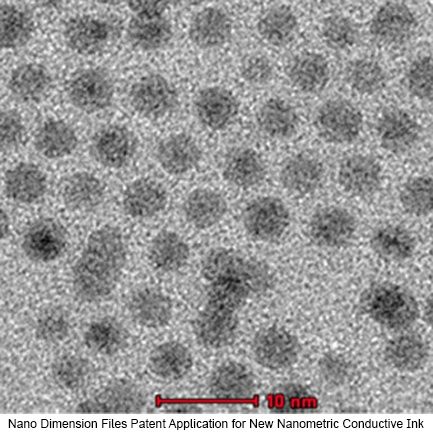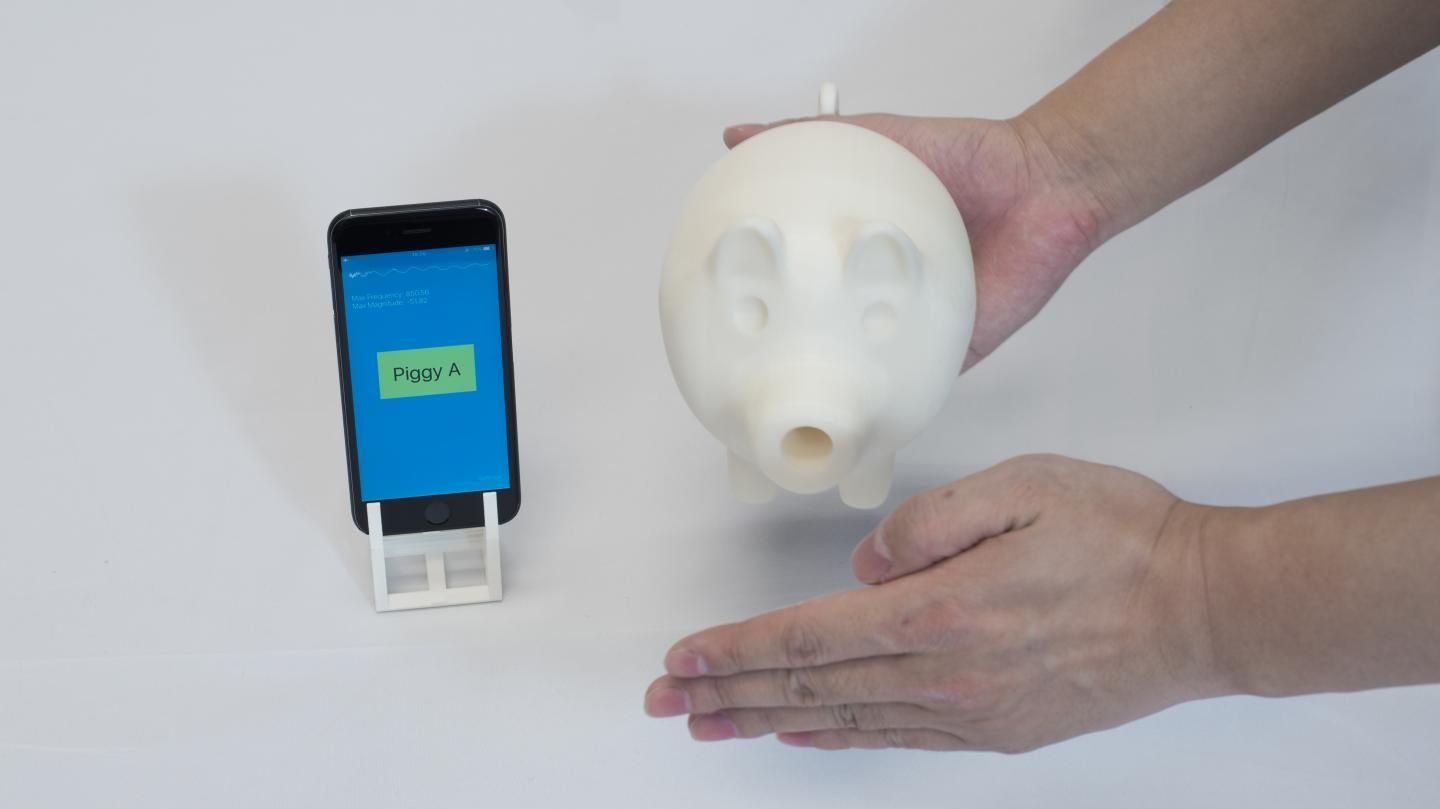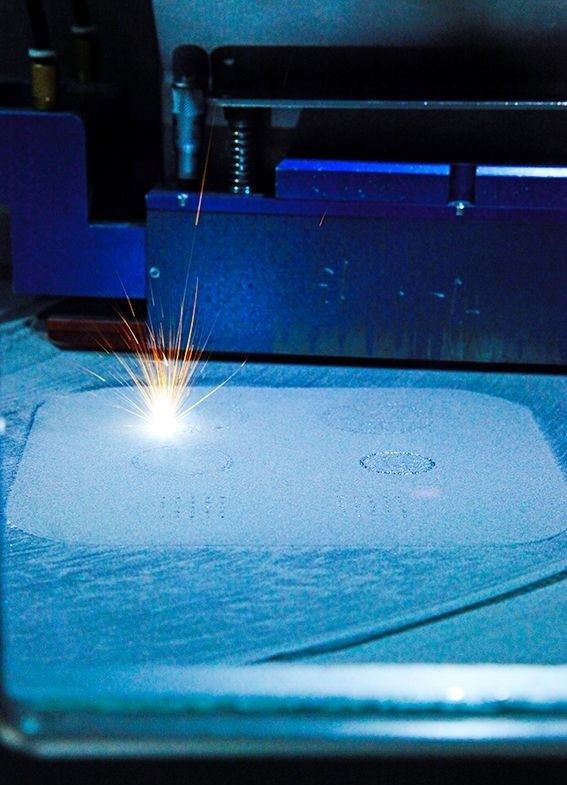Impressive.
3D printing services will grow from $2.5bn in 2013 to $16.2bn in 2018, according to Canalys Tags: 3D printing, Cloud computing.


Big Data and 3D.
3D printing remains one of those technological areas that holds a great amount of fascination. What began as a type of niche market has expanded rapidly in the past few years to encompass nearly every industry out there, from the medical field to manufacturing.
The outlook is a positive one in terms of 3D printing’s future, with Gartner predicting the amount of spending on 3D printers to exceed more than $13 billion in 2018. While 3D printing has always held a lot of promise, one of the factors truly taking the concept to the next level is big data.
In much the same way that big data has benefited businesses of all types and sizes, it has proven to play a pivotal role in the growth of 3D printing. As more organizations get a firm grasp on how best to use both big data analytics and 3D printing capabilities, the two areas will form a more established and interdependent relationship.
Could we see a day when 3D Printers replace convection ovens and microwaves in the kitchen?
Over the last few decades, a new wave of science has been infused into the world of food in the form of molecular gastronomy. By definition, food preparation and cooking involve physical and chemical changes, and molecular gastronomy simply uses scientific principles to take food in new technical and even artistic directions.
It’s also a great excuse to have some fun with liquid nitrogen.
Back in 2013, another big step in food science came with a successful crowdfunding campaign to make a true functional food replacement containing all the necessary nutrients to sustain life. With a clever name that provoked everyone to read the ingredient list twice for anything resembling people, Soylent tastes like pancake batter but doesn’t make good pancakes.

Growing up in Jakarta’s polluted slums, Vera Mulyani loved building things. As a child, she dreamed of becoming an architect.
More than two decades later, Mulyani is a self-proclaimed “Marschitect,” and spends her time brainstorming how human life might be sustained on the red planet. After studying at École d’Architecture de Nantes in France and at New York Film Academy, in January 2015 she founded Mars City Design, a think tank of sorts aimed at developing blueprints for the first self-sustaining city on Mars.
Earlier this month, Mars City Design raised $30,382 on Kickstarter to realize the next phase of its mission: Within the next three years, the group wants to 3D-print three to-scale habitat prototypes of Martian cities at Reaction Research Society’s test area in the Mojave Desert.

Genie out of the bottle.
A new guide into 3D printing rights and responsibilities has been launched to explain what consumers need to know before printing in 3D, including the potential risks in creating and sharing 3D printable files, and what kinds of safeguards are in place.
The website “Everything you need to get started in 3D printing” was developed by staff at the University of Melbourne in response to the growing number of users keen to find, share, and create 3D printed goods online.
A team from the School of Culture and Communications at the University of Melbourne designed the website which includes a scorecard for various 3D printing sites, as well as some useful tips for those getting started in the 3D printing world.

Future Science Group (FSG) today announced the publication of a new article in Future Science OA looking to identify and define key terms associated with bioinks and bioprinting.
The use of 3D printing technologies for medical applications is a relatively new and rapidly expanding field, and is being approached in a multi-disciplinary manner. This has led to overlapping and ambiguous definitions within the field as a whole, and confusion over some terms, for example the prefix of ‘bio-‘. This new piece from William Whitford (GE Healthcare Life Sciences, USA) and James B. Hoying (Advanced Solutions Life Sciences, USA) introduces common definitions for 3D bioprinting-related terms, putting them into context. Terms defined within the article include 3D and 4D printing, bioadditive manufacturing, biofabrication, biomanufacturing, bioprinting, biomimetic printing and bioinks, among others.
“Additive manufacturing has transformed our approach to production in many ways,” notes Whitford. “There is now rapid development in the bioresearch, diagnostic and therapeutic applications for 3D printing. It’s difficult to even keep abreast of the number and types of relevant printing technologies, applications and vocabulary. We here identify some of the terms recently coined in this arena.”

For years, scientists and engineers have synthesized materials at the nanoscale level to take advantage of their mechanical, optical, and energy properties, but efforts to scale these materials to larger sizes have resulted in diminished performance and structural integrity.
Now, researchers led by Xiaoyu “Rayne” Zheng, an assistant professor of mechanical engineering at Virginia Tech have published a study in the journal Nature Materials that describes a new process to create lightweight, strong and super elastic 3D printed metallic nanostructured materials with unprecedented scalability, a full seven orders of magnitude control of arbitrary 3D architectures.
Strikingly, these multiscale metallic materials have displayed super elasticity because of their designed hierarchical 3D architectural arrangement and nanoscale hollow tubes, resulting in more than a 400 percent increase of tensile elasticity over conventional lightweight metals and ceramic foams.

New ink for printers to improve speed and conserve ink. I know a few legal and accounting firms that would love this.
Nano Dimension Ltd has announced that its wholly owned subsidiary, Nano Dimension Technologies, has filed a patent application with the U.S. Patent and Trademark Office for the development of a new nanometric conductive ink, which is based on a unique synthesis.
The new nanoparticle synthesis further minimizes the size of the silver nanoparticles particles in the company’s ink products. The new process achieves silver nanoparticles as small as 4 nanometers.
Nano Dimension believes that accurate control of nanoparticles’ size and surface properties will allow for improved performance of the company’s DragonFly 2020 3D printer, currently in development. The innovative ink enables lower melting temperatures and more complete sintering (fusing of particles into solid conductive trace), leading to an even higher level of conductivity.

Columbia Engineering Professor Changxi Zheng’s new approach could lead to better tagging and coding, leveraging 3D printing of complex geometries.
New York — July 18, 2016 — Columbia Engineering researchers, working with colleagues at Disney Research and MIT, have developed a new method to control sound waves, using a computational approach to inversely design acoustic filters that can fit within an arbitrary 3D shape while achieving target sound filtering properties. Led by Computer Science Professor Changxi Zheng, the team designed acoustic voxels, small, hollow, cube-shaped chambers through which sound enters and exits, as a modular system. Like Legos, the voxels can be connected to form an infinitely adjustable, complex structure. Because of their internal chambers, they can modify the acoustic filtering property of the structure—changing their number and size or how they connect alters the acoustic result.
“In the past, people have explored computational design of specific products, like a certain type of muffler or a particular shape of trumpet,” says Zheng, whose team is presenting their paper, “Acoustic Voxels: Computational Optimization of Modular Acoustic Filters,” at SIGGRAPH 2016 on July 27. “The general approach to manipulating sound waves has been to computationally design chamber shapes. Our algorithm enables new designs of noise mufflers, hearing aids, wind instruments, and more — we can now make them in any shape we want, even a 3D-printed toy hippopotamus that sounds like a trumpet.” VIDEO: http://www.cs.columbia.edu/cg/lego/

3D print materials and products with superconducting properties is truly a breakthrough towards the mass production of various complex materials. I see this as a large step forward for 3D and placing things on an evolution track to even mass produce synthetic diamonds.
3D printing is revolutionizing many areas of manufacturing and science. In particular, 3D printing of metals has found novel applications in fields as diverse as customized medical implants, jet engine bearings and rapid prototyping for the automotive industry.
While many techniques can be used for 3D printing with metals, most rely on computer-controlled melting or sintering of a metal alloy powder by a laser or electron beam. The mechanical properties of parts produced by this method have been well studied, but not enough attention has focused on their electrical properties.
Now in a paper appearing this week on the cover of the journal Applied Physics Letters, a team of University of Melbourne and University of Western Australia researchers report creating a resonant microwave cavity that they 3D printed viaan aluminum-silicon alloy (Al-12Si). It exhibits superconductivity when cooled below the critical temperature of aluminum (1.2 Kelvin).